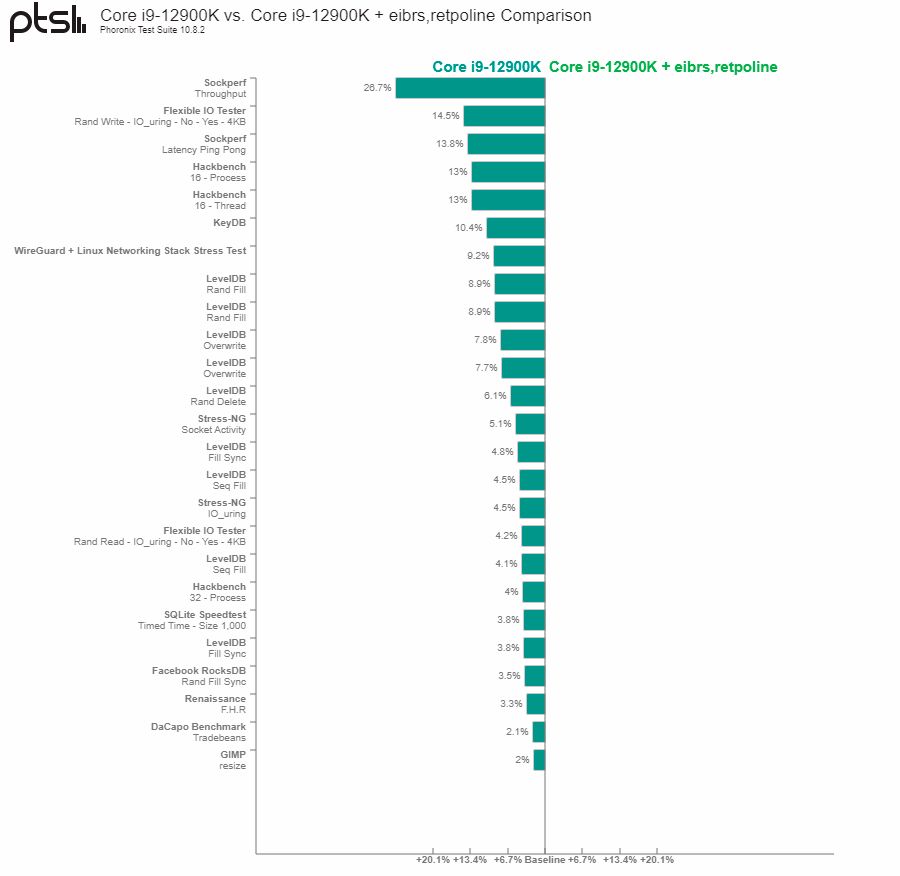Intel's research into AMD's Spectre fix begins in a roundabout way — Intel's processors were recently found to still be susceptible to Spectre v2-based attacks via a new
Branch History Injection variant, this despite the company's use of the Enhanced Indirect Branch Restricted Speculation (eIBRS) and/or Retpoline mitigations that were thought to prevent further attacks.
In need of a newer Spectre mitigation approach to patch the
far-flung issue, Intel turned to studying alternative mitigation techniques. There are several other options, but all entail varying levels of performance tradeoffs. Intel says its ecosystem partners asked the company to consider using AMD's LFENCE/JMP technique. The "LFENCE/JMP" mitigation is a Retpoline
alternative commonly referred to as "AMD's Retpoline."
As a result of Intel's investigation, the company discovered that the mitigation AMD has used since 2018 to patch the Spectre vulnerabilities isn't sufficient — the chips are still vulnerable. The issue impacts nearly every modern AMD processor spanning almost the entire Ryzen family for desktop PCs and laptops (second-gen to current-gen) and the EPYC family of datacenter chips.


